When a dog displays fear, it can be scary or worrisome for any pet parent. Fear is often noticeable when a dog encounters what is referred to as a fear trigger. A trigger can be a person, place, or thing that causes anxiety- usually from underlying factors such as genetic predisposition, inadequate socialization with the fear trigger, or a previous bad experience. Although our pets can’t plainly tell us what is bothering them, we can observe their body language and watch for signs that can show us how to best help them.
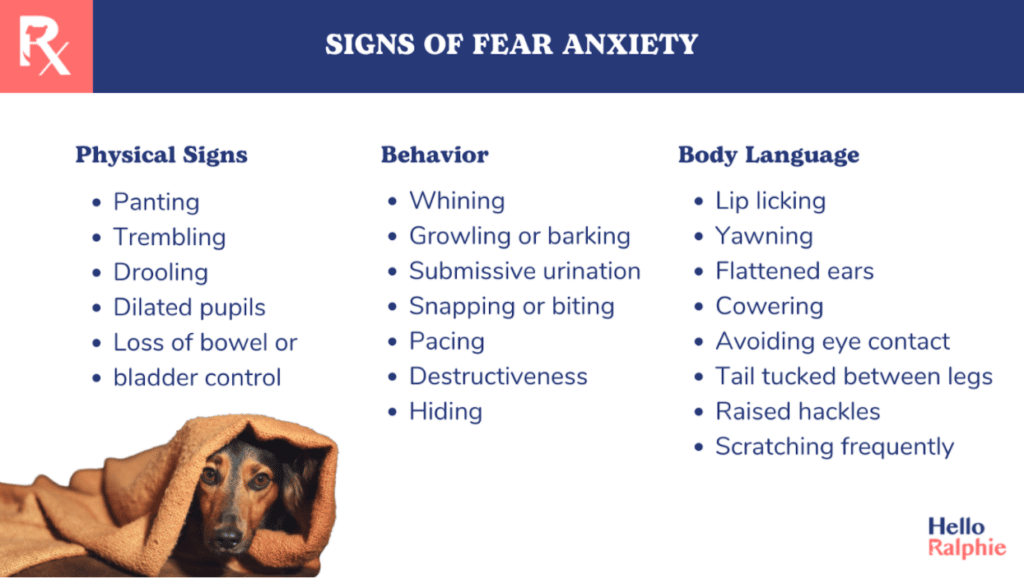
When you think your dog may be triggered by something they’re afraid of, follow these steps:
- Observe
- Stay calm, remove trigger
- Make a plan
- Keep it positive!



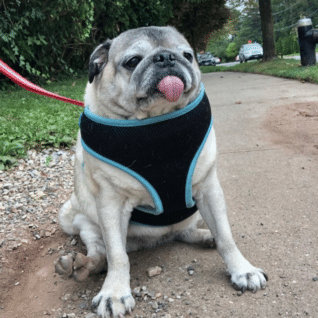
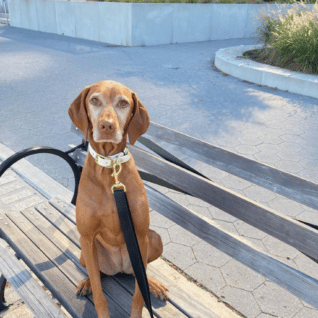

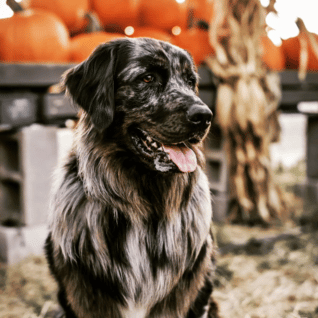
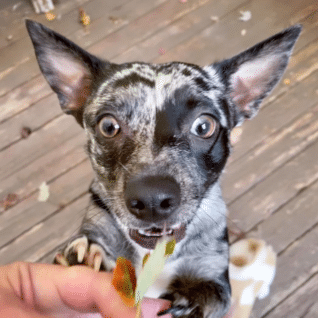
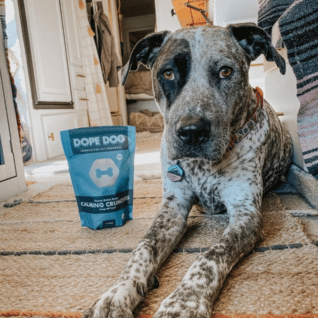

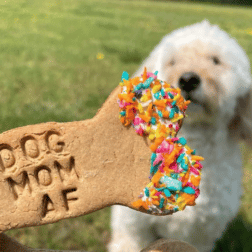

Conversation